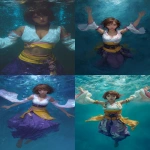Explore the Best AI Image Gallery
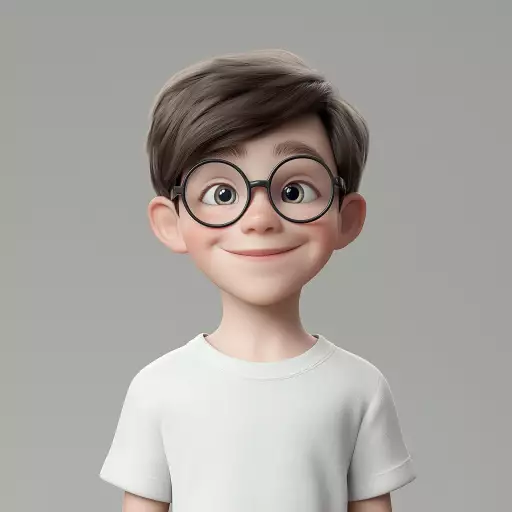
Beyond the Brushstrokes: Wearable Tech and the Future of Creative Expression
The realm of creativity has always been characterized by innovation and a constant push to explore new frontiers. Today, wearable technology stands at the forefront of this evolution, offering artists, designers, and innovators a revolutionary toolkit to express themselves in unprecedented ways.
A Canvas on Your Skin: How Wearables are Transforming Artistic Expression
Wearable devices, from smart glasses and haptic gloves to motion-sensing bracelets, are blurring the lines between the physical and digital worlds. Artists can now use these tools to translate their thoughts, movements, and emotions into tangible art forms. Imagine a painter whose brushstrokes are guided by the rhythm of their heartbeat, or a musician who creates symphonies through the gestures of their hands.
- Interactive Installations: Wearables empower artists to create immersive installations that respond to viewer interaction. A sculpture might change color based on the wearers heart rate, or a digital landscape could morph with every step taken within it.
- Augmented Reality Art: Imagine gazing through smart glasses and witnessing sculptures superimposed onto real-world environments, or painting murals that come alive with augmented reality effects. Wearables unlock a realm of interactive art experiences that transcend traditional boundaries.
- Personalized Expression: Wearables allow for highly personalized artistic creations. An individual might design their own digital garments that react to their mood or environment, effectively becoming a walking work of art.
Beyond the Visual Arts: Wearables Empowering Diverse Creative Fields
The impact of wearable technology extends far beyond visual arts. Its transforming fields like music, dance, and storytelling in profound ways:
- Music Composition: Musicians can use wearables to capture their emotions and translate them into unique melodies. Imagine a composer whose instruments are their own body movements, creating symphonies guided by their every gesture.
- Choreography and Performance: Wearable sensors can track the movements of dancers, allowing for intricate choreographic sequences that respond to real-time feedback and create mesmerizing visual displays.
- Interactive Storytelling: Immersive narratives can be enhanced with wearables. Imagine a storybook where characters react to the readers emotions, or a historical reenactment where participants feel the weight of history through haptic feedback.
Navigating Ethical Considerations in Wearable Creativity
As wearable technology becomes increasingly integrated into creative practices, its crucial to address the ethical implications. Some key considerations include:
- Data Privacy and Security: Wearables collect vast amounts of personal data. Its essential to ensure that this information is handled responsibly, with user consent and robust security measures in place.
- Accessibility and Inclusivity: Ensuring that wearable technology is accessible to individuals with diverse abilities is paramount. Creative tools should be designed to empower all participants, regardless of physical limitations.
- Ownership and Authorship: When AI algorithms are integrated into creative processes, questions arise about the ownership and authorship of the resulting works. Clear guidelines and regulations are needed to navigate these complexities.
The Future Canvas: Trends Shaping Wearable Creativity
The world of wearable creativity is constantly evolving. Here are some emerging trends that will shape its future:
- Brain-Computer Interfaces: Imagine controlling art with your thoughts, translating brainwaves into stunning visuals or compositions. Brain-computer interfaces hold the potential to revolutionize creative expression.
- Sustainable Wearables: As awareness of environmental impact grows, the focus will shift towards creating sustainable and eco-friendly wearable devices using recycled materials and renewable energy sources.
- Personalized Learning Experiences: Wearable technology can offer personalized creative learning experiences, adapting to individual needs and skill levels. Imagine a virtual art studio that guides you through tutorials tailored to your progress.
Wearable technology is not merely a tool for artists; its a catalyst for innovation, pushing the boundaries of human creativity and redefining the way we interact with the world around us. As these technologies continue to evolve, we can expect even more groundbreaking applications that will inspire and amaze generations to come.
](https://images.ai-img.art/thumbnails/150/09c13dbe155abe504e563d205d595e912d5eb66e4357f65baa1bc3fc8ad831eb.webp)
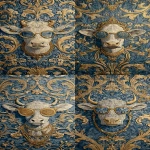
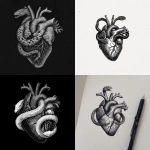
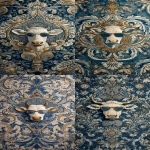
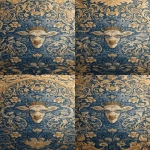
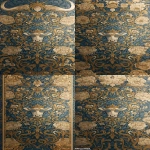
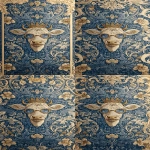
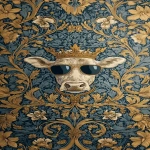
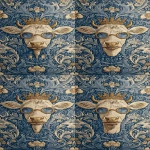
](https://images.ai-img.art/thumbnails/150/ecaaa7f57d0e8c3fd910c96cf511151b430af879c94ea84bf3688a23f088cafc.webp)
](https://images.ai-img.art/thumbnails/150/7707fa8f9b58ba93b5952c351c556e539c2ea5d18c6cda10106759ea45ae6ce4.webp)
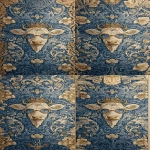

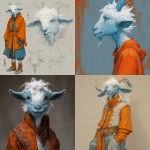

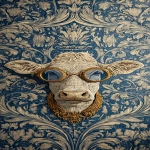
](https://images.ai-img.art/thumbnails/150/364a76b2a987e4d93118637216cd093297b79b132eefc41e3ccb5d7faafe2fed.webp)
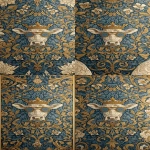
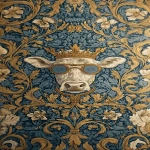
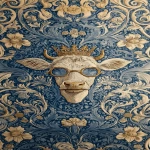

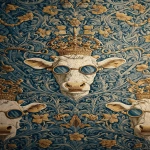



](https://images.ai-img.art/thumbnails/150/d528b2ba18709bfc03c5f343cf874940e558ebfd699cdddc6f49568bfa90e213.webp)
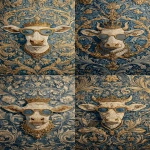



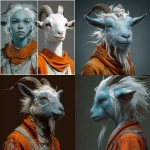

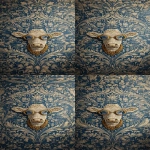

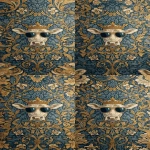
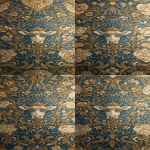
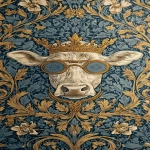



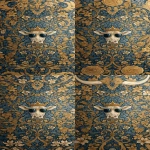
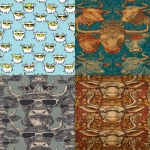

](https://images.ai-img.art/thumbnails/150/0217142de3b79e38f988b7929024a6d215453ae1263a44c914b2baf3338f751f.webp)
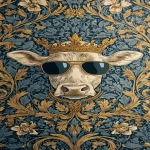
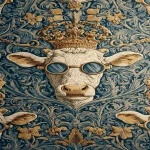
](https://images.ai-img.art/thumbnails/150/5365b1ed776fd7cb58dd9095c6baee73acbe885e3872eb3bde0bf5584f26d72c.webp)
](https://images.ai-img.art/thumbnails/150/ab90086e40a02c62bf04e73af7cf676b0e16cec91758247452657466b870af18.webp)

